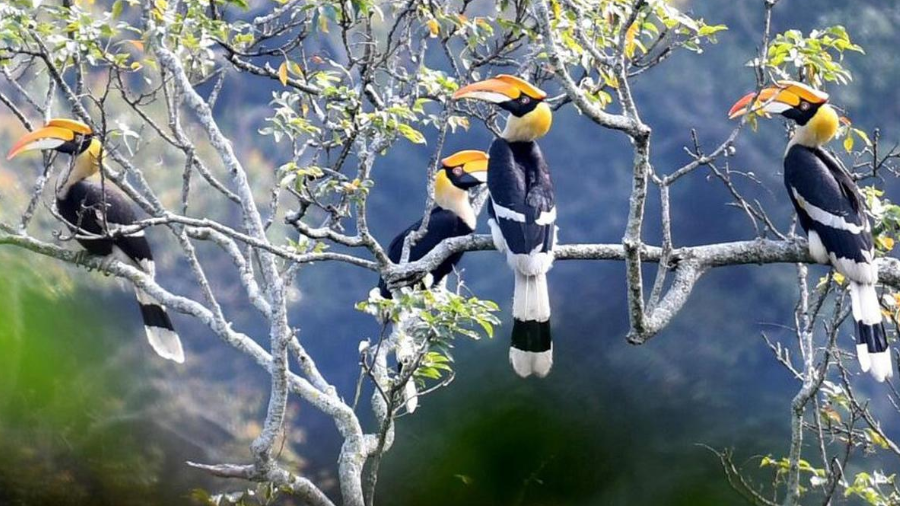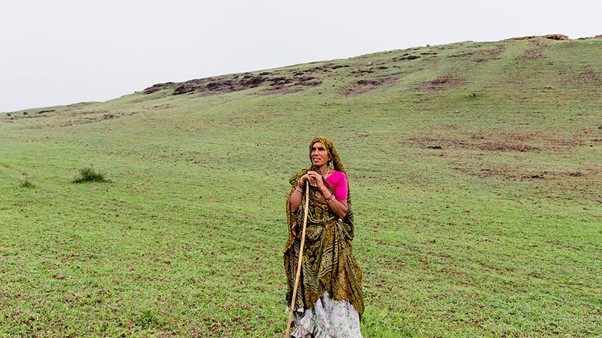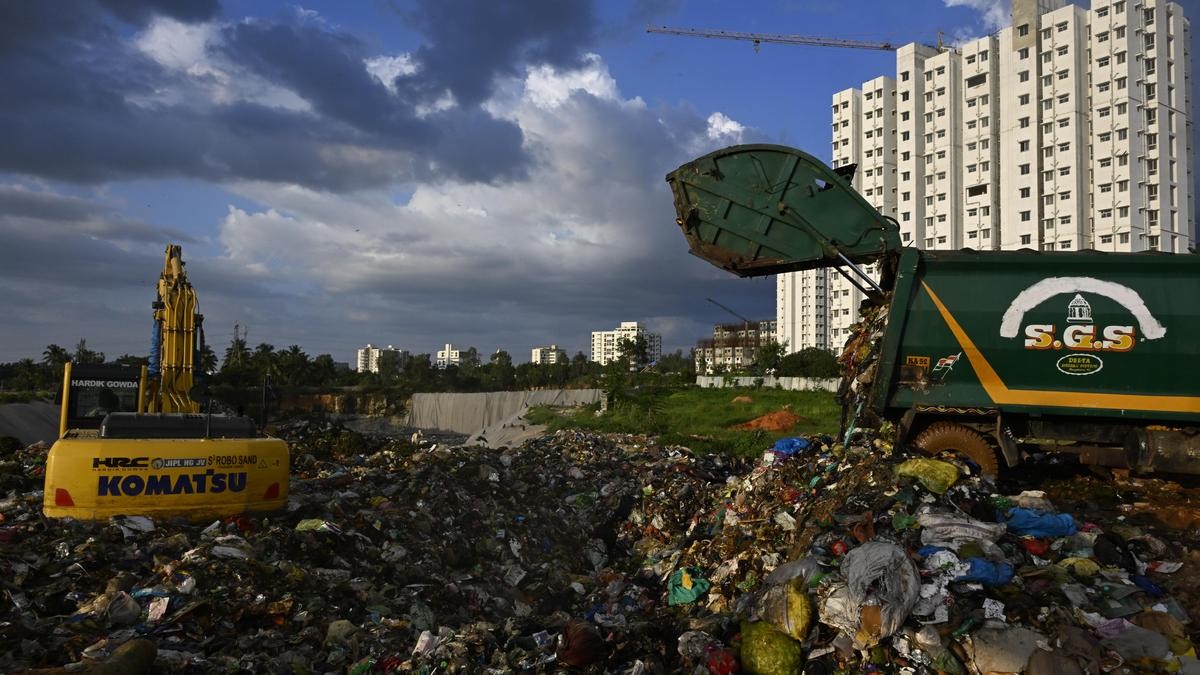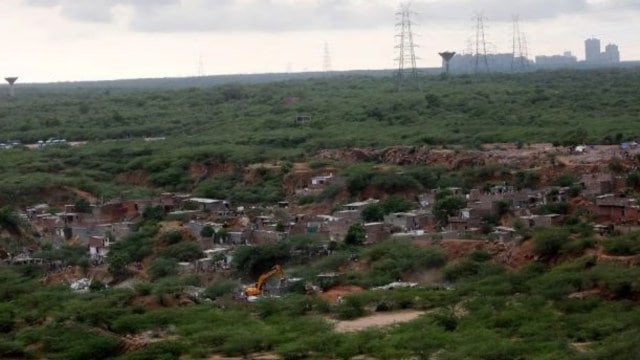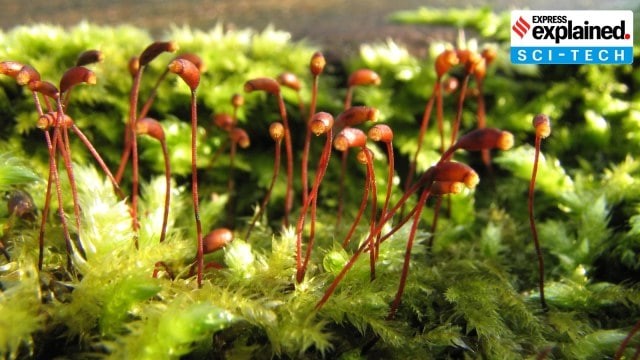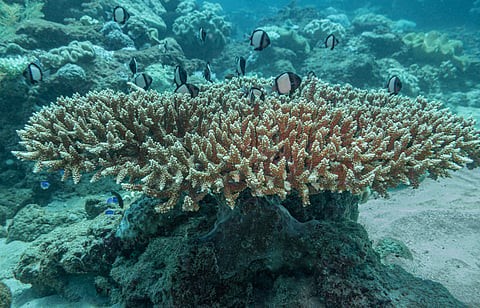Description
Copyright infringement not intended
Picture Courtesy: The Hindu
Context:
The Western Ghats, one of India’s richest biodiversity hotspots, has been classified as being of “significant concern” by the International Union for Conservation of Nature (IUCN) in its latest World Heritage Outlook report. Other Indian sites flagged similarly include Assam’s Manas National Park and West Bengal’s Sundarbans.
Current Status:
- The percentage of World Heritage sites with a positive conservation outlook has decreased from 63% in 2020 to 57% in 2025, indicating a rise in conservation challenges.
- The Western Ghats are home to over 325 globally threatened species, including 229 plant species, 31 mammal species, and 43 amphibian species. (Source: UNESCO World Heritage Centre)
- Approximately 41% of freshwater species in the region face extinction risks due to habitat loss and pollution. (Source: Western Ghats Conservation Committee)
- Recent studies have led to the discovery of new species, such as the dragonfly Lyriothemis abrahami and the damselfly Protosticta sanguinithorax, highlighting the region's rich, albeit threatened, biodiversity.
- Initiatives like the Gurukula Botanical Sanctuary in Kerala focus on restoring native plant species and promoting sustainable conservation practices.
Western Ghats:
The Western Ghats, also known as the Sahyadri Hills, are a mountain range running parallel to the western coast of India. Recognized as a UNESCO World Heritage Site, they are one of the world’s eight “hottest hotspots” of biological diversity.
- States Covered: Maharashtra, Goa, Karnataka, Kerala, Tamil Nadu, and a small part of Gujarat
- Highest Peak: Anamudi (2,695 m) in Kerala
Biodiversity
- Flora: Dense tropical forests, grasslands, and endemic plant species.
- Fauna: Home to endangered species like Nilgiri Tahr, Lion-tailed Macaque, and Malabar Civet.
- Endemism: High — around 325 globally threatened species.
- Freshwater Ecosystem: Rivers like Periyar, Godavari, and Mandovi originate here
Key Threats: (Source: IUCN World Heritage Outlook)
- Climate Change: The region is experiencing altered monsoon patterns and temperature shifts, impacting native species and ecosystems.
- Hydropower Projects: Proposed developments, such as the Sillahalla Pumped Storage Hydroelectric project, threaten biodiversity and disrupt ecosystems.
- Tourism: Increased visitor numbers lead to waste accumulation and wildlife disturbances, affecting habitats.
- Invasive Species: Non-native species like eucalyptus and acacia are replacing indigenous flora, altering ecosystem dynamics.
- Infrastructure Expansion: Road construction and urban development fragment habitats, hindering wildlife movement and gene flow.
Government Initiatives:
|
Initiative
|
Description
|
Key Features / Examples
|
|
Ecologically Sensitive Area (ESA) Designation
|
Protects critical zones from harmful activities
|
Kasturirangan Committee recommended 37% of Western Ghats as ESA; regulates mining, quarrying, promotes eco-tourism
|
|
Protected Areas & Wildlife Sanctuaries
|
Safeguard biodiversity through legal protection
|
Bhimgad Wildlife Sanctuary (Karnataka), Tamhini Wildlife Sanctuary (Maharashtra)
|
|
Community-Based Conservation
|
Involve local communities in protection efforts
|
Keystone Foundation works with indigenous communities; Sacred groves maintained by locals
|
|
Eco-Tourism & Sustainable Livelihoods
|
Promote responsible tourism and alternatives to harmful practices
|
Eco-tourism in Western Ghats, organic farming, renewable energy initiatives
|
|
Scientific Research & Monitoring
|
Monitor ecosystems and guide conservation strategies
|
Biodiversity studies, environmental monitoring using technology and community participation
|
Way Forward:
Strengthening Ecological Safeguards
- Expanded ESA Coverage: The Indian government has issued a draft notification to declare over 56,800 square kilometers of the Western Ghats across six states as Ecologically Sensitive Areas (ESAs). This move aims to regulate activities like mining and construction to protect biodiversity.
- Hydropower Project Regulations: The National Board of Wildlife has approved the Sharavathi Valley pumped storage project with specific conditions to minimize ecological impact, such as underground construction to protect the lion-tailed macaque habitat. (Source: The Times of India)
Community-Led Conservation Initiatives
- Empowering Local Communities: Implementing Community Forest Rights under the Forest Rights Act, 2006, allows communities to manage forest resources sustainably. For instance, the Vana Samrakshana Samiti model in Kerala has proven effective in forest conservation.
- Volunteer Programs: The UNESCO World Heritage Volunteers program engages youth in conservation efforts, fostering a sense of responsibility and awareness among the younger generation.
Scientific Research and Technological Integration
- Monitoring Ecosystem Health: Utilizing satellite tools like Google Earth and Bhuvan enables real-time monitoring of forest health and land use changes, aiding in informed decision-making.
- Research Institutions: Establishing and supporting institutions dedicated to biodiversity research can provide valuable data for conservation strategies.
Sustainable Livelihoods and Eco-Tourism
- Promoting Sustainable Practices: Encouraging activities like organic farming, non-timber forest product-based enterprises, and eco-tourism can provide alternative livelihoods while conserving the environment.
- Eco-Tourism Development: Developing eco-tourism infrastructure that aligns with conservation goals can raise awareness and generate revenue for further protection efforts.
Policy Reforms and Legislative Support
- Amending Wildlife Protection Laws: Proposed amendments to the Wildlife Protection Act aim to decentralize authority for issuing "kill permits" and declare certain species as vermin to manage human-wildlife conflicts effectively.
- Enforcing Mining Bans: Implementing and enforcing Supreme Court-mandated mining bans in wildlife corridors and fragile ecosystems to prevent irreversible biodiversity loss.
Source: The Hindu
|
Practice Question
Q. Explain why the Western Ghats have been red-flagged by the IUCN. Discuss the key threats to this UNESCO World Heritage Site and suggest measures for its conservation. (150 words)
|
Frequently Asked Questions (FAQs)
The Western Ghats are a mountain range along the western coast of India, known for high biodiversity, endemic species, and UNESCO World Heritage status.
Due to threats like climate change, hydropower projects, tourism pressure, invasive species, and habitat loss affecting biodiversity.
Over 325 globally threatened species, including the Nilgiri tahr, Nilgiri flycatcher, and various amphibians, reptiles, and plants.




